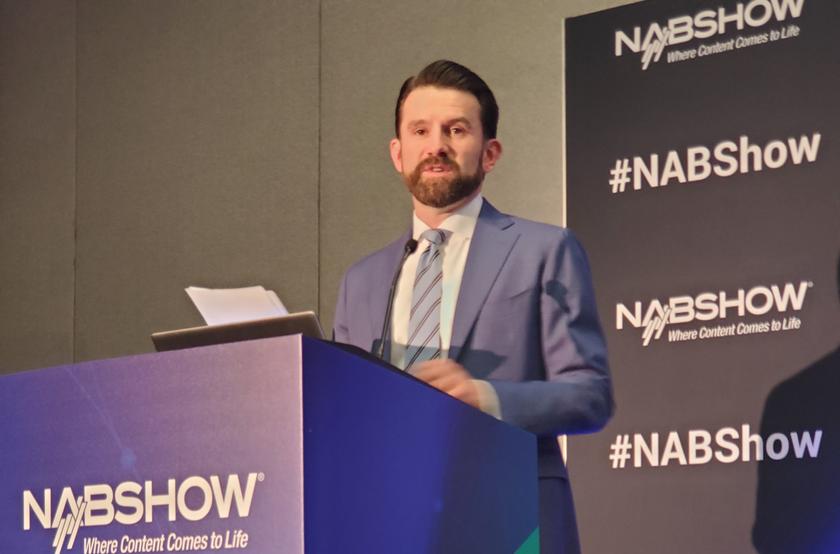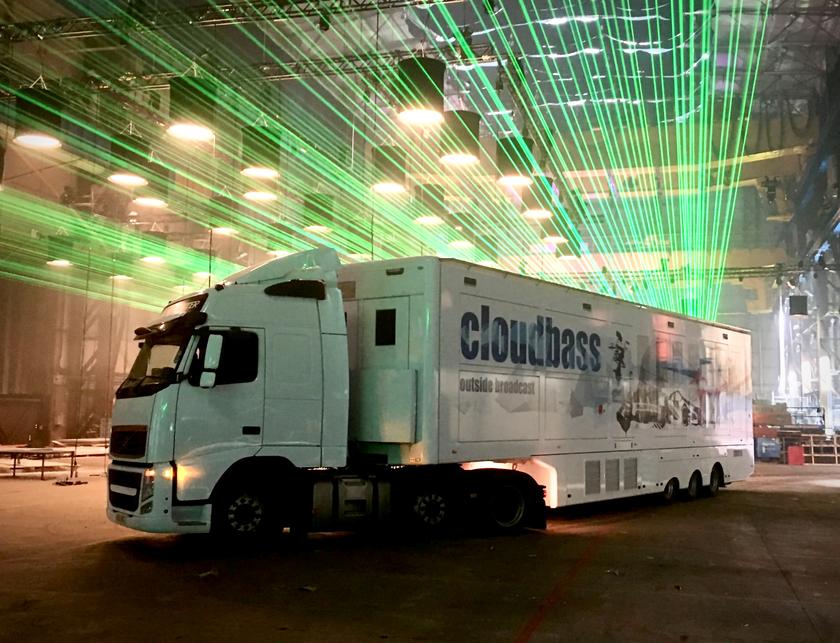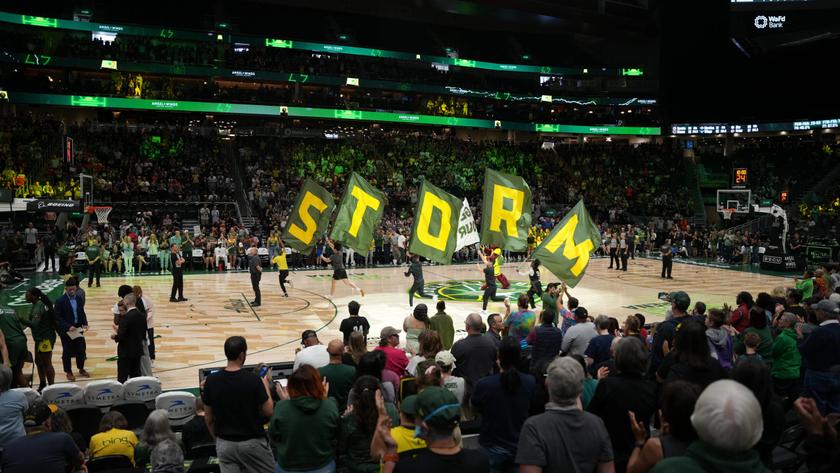ENG-style HD lenses reach far and wide for sports production
As production companies endeavor to get the best angles while covering a live sports event, the use of handheld cameras on the field and throughout a venue is increasing. Field-level shots bring the viewer closer to the action and provide unique points of view that help to captivate TV audiences.
While the latest HD models from Grass Valley, Ikegami, Panasonic and Sony provide the pristine images we have all come to love, and are the most popular cameras now in use (not to mention slow-motion rigs from Grass Valley, i-Movix, Sony and Vision Research), the ENG-style lens employed is equally important.
Lens manufacturers Canon Broadcast and Fujinon are working hard to develop the right tools for the job, providing models that capture ever-wider angles and an expanded focal length. It’s difficult to offer both in a single lens, but camera operators need these features to support the new HDTV sets with their high-resolution displays in the widescreen 16:9 aspect ratio.
For Canon Broadcast, wider-angle capability is the most common request among its customers. That’s aside from keeping the lens lightweight. (Canon was the exclusive provider of lenses to the Super Bowl in Tampa Bay.) “It seems we just can’t make them wide enough for sports camera operators,” said Larry Thorpe, national marketing executive of the broadcast and communications division of Canon USA. “They place a very high priority on a wide angle of view.”
Canon’s HJ11x4.7 lens offers a 91-degree horizontal field of view in the 16:9 format. At NAB2009, the company will increase the wide-angle capability with a new HJ14x4.3 lens, which offers an increased horizontal field of view of more than 96 degrees. The theory is that being wider is better.
Camera operators using 2/3in format lenses for sports (the de facto standard) also want better performance in the from of better contrast and sharpness to get the best-looking images possible, no matter what the HD format.
“The new HJ14x4.3 lens we’ll show at NAB offers quite a bit better performance than its predecessor [the HJ11x4.7], which have been quite popular with all of the major mobile truck production companies,” Thorpe said, citing Corplex, Cross Creek Video and NEP Supershooters as a few long-time sports production customers.
Get the TV Tech Newsletter
The professional video industry's #1 source for news, trends and product and tech information. Sign up below.
Lenses have also become smarter, with the ability to send lens settings to a virtual studio for chromakey and layered graphics work. ESPN and FOX Sports both used virtual technology extensively during their NFL football coverage this past season. Digital information from the portable lens on the setting for aperture and focal length are critical to seamless visual effects. It’s all part of the innovative production value networks are using to attract viewers.
Canon ENG lenses now also include similar features to its high-end box-style lenses (used in the studio and for fixed positions around a stadium), such as tiny 16-bit digital encoders inside the lens to control the cameras iris and focus features.
Fujinon sees longer focal length as the most important capability for its customers because sports operators like to zoom in tight on the players. Dave Wadell, national marketing manager for Fujinon, said customers want a longer focal length, like the company’s HA23x7.6, one of the longest handheld ENG-style lenses on the market.
Fujinon also markets a wide-angle lens called the HA13x4.5, but Wadell said he often hears it’s too wide for sports use. “Our biggest complaint is that when you start to get wide, you run into problems whereby the image looks distorted, even though it’s really not. We actually put a stop on the lens so an operator can adjust the wide side to keep it from going that way.”
He said that typically a production truck will carry at least one wide angle, but most of the handheld lenses used for football, baseball and soccer are some type of telephoto because operators need to get as close to the action as they can. So, for Fujinon, the longer the focal length, the better.
To accommodate this increased focal length, Fujinon’s lenses have gotten longer. Years ago, 20x was long enough, but with the advent of HDTVs, producers want to give viewers as close a view as possible, so now 23x is the standard. However, even though they are longer, new aspheric technology used in Fujinon’s lenses reduce weight and counterbalance for a shoulder-mount camera.
That being said, Fujinon’s 23x model appears to be the limit in distance for ENG-style use. “You really can’t go much longer than 23x and still hand hold it,” Wadell said, “because it just too much magnification to get a steady picture.”
The company’s HA 23x7.6 HD lens (and other models) are used such veteran sports production companies as F&F Productions, Lyon Video and Trio Video.
What’s clear is that lens manufacturers are listening to their customers and giving them what they need, as fast as they can (a typical lens development cycle is about two years). This has resulted in these ENG-style HD lenses having a life span of 10 years or more. As Fujinon’s Wadell put it, “We don’t sell lenses people don’t want.”
The HD lens field is open as it moves well beyond the simple point-and-shoot functionality of years gone by. Operators want it all, and lens manufacturers are working hard to give it to them.










